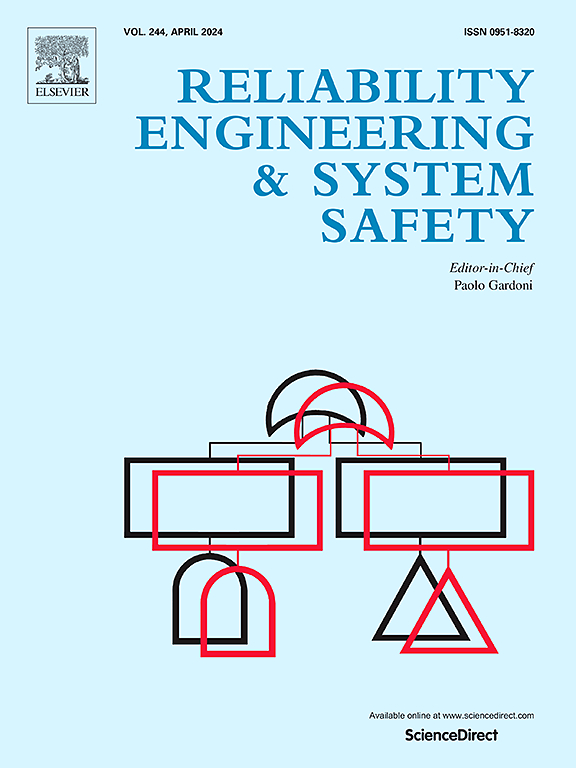High-dimensional points selection strategy for PDEM-based stochastic dynamic analysis of structures
IF 9.4
1区 工程技术
Q1 ENGINEERING, INDUSTRIAL
引用次数: 0
Abstract
The Probability Density Evolution Method (PDEM) is effective for stochastic dynamic analysis of structures. Within PDEM, the selection of representative point sets and the computation of their assigned probabilities are critical for balancing accuracy and efficiency, particularly in high-dimensional scenarios. This paper presents a novel strategy for point selection tailored to these requirements. The strategy integrates a deterministic low-discrepancy point set with a Bayesian-based Assigned Probability (BAP) calculation procedure within the PDEM framework. Initially, a New Generating Vector-based Number-Theoretical Method (NGV-NTM) is developed to produce a high-dimensional low-discrepancy point set. This set is then transformed into the original random-variate space to form the representative point set. Subsequently, the BAP procedure calculates the assigned probabilities for the representative point set by employing a Gaussian model for the prior distribution and likelihood function, and estimating the posterior probabilities through solving a maximum a posteriori estimation problem. Once the assigned probabilities are obtained, the representative point set is rearranged to better align with the input distributions. This refined set is then used for the final PDEM-based analysis. The effectiveness of the proposed method is validated through two numerical examples, with results compared to those obtained using Monte Carlo simulations and Sobol sequences.
求助全文
约1分钟内获得全文
求助全文
来源期刊

Reliability Engineering & System Safety
管理科学-工程:工业
CiteScore
15.20
自引率
39.50%
发文量
621
审稿时长
67 days
期刊介绍:
Elsevier publishes Reliability Engineering & System Safety in association with the European Safety and Reliability Association and the Safety Engineering and Risk Analysis Division. The international journal is devoted to developing and applying methods to enhance the safety and reliability of complex technological systems, like nuclear power plants, chemical plants, hazardous waste facilities, space systems, offshore and maritime systems, transportation systems, constructed infrastructure, and manufacturing plants. The journal normally publishes only articles that involve the analysis of substantive problems related to the reliability of complex systems or present techniques and/or theoretical results that have a discernable relationship to the solution of such problems. An important aim is to balance academic material and practical applications.
 求助内容:
求助内容: 应助结果提醒方式:
应助结果提醒方式:


